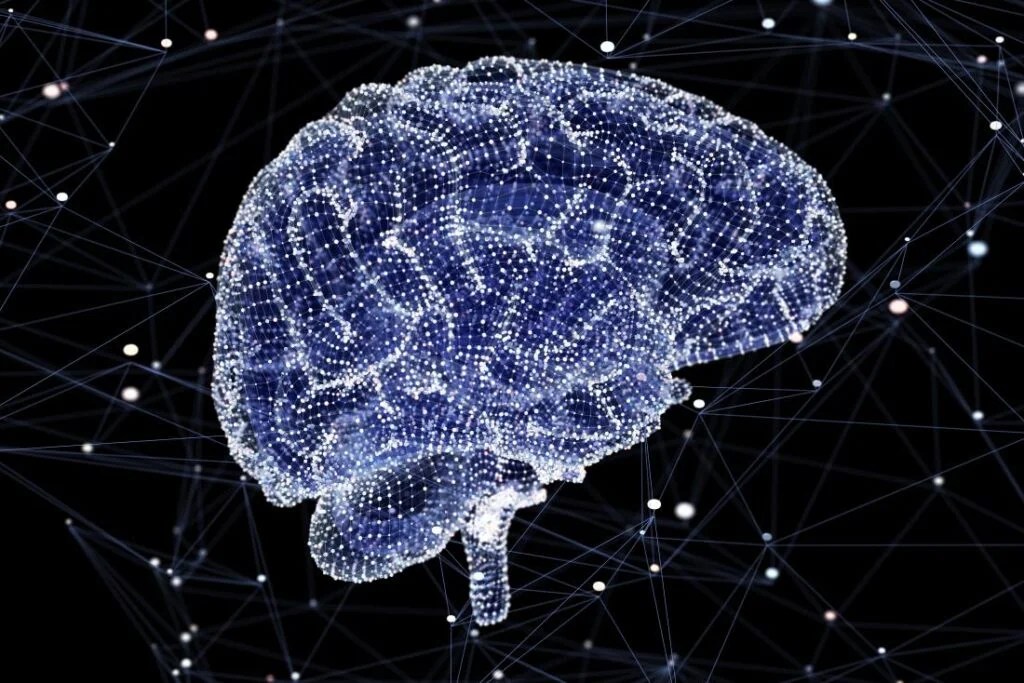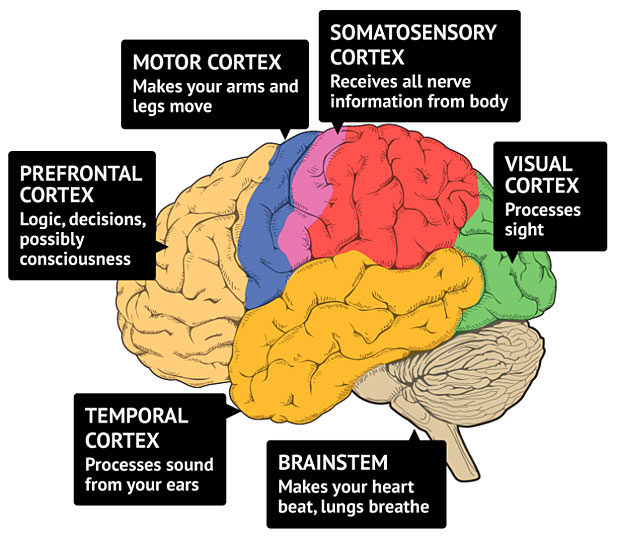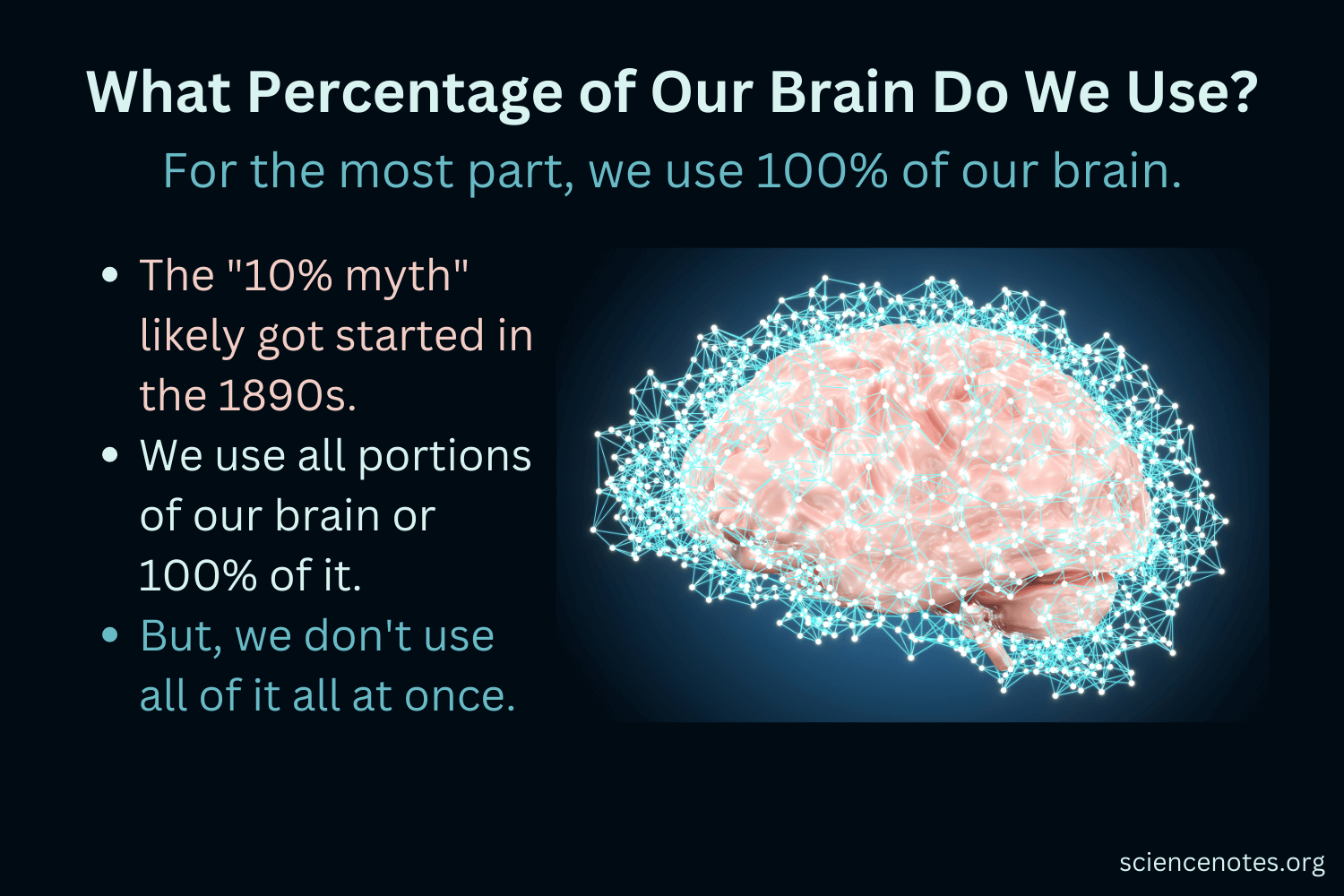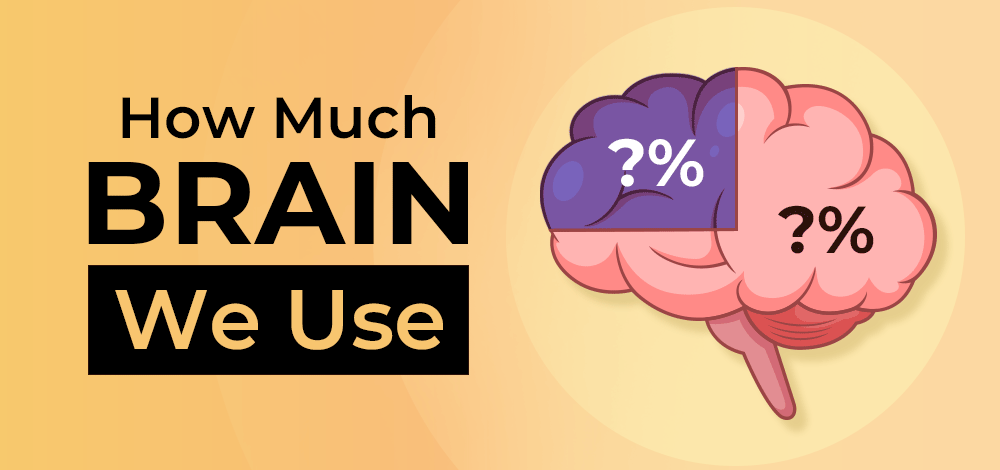How Much of Your Brain Do You Actually Use?
Have you ever wondered how much of your brain you actually use? It’s a fascinating question that has captivated scientists, philosophers, and psychologists for centuries. The human brain is incredibly complex, and understanding its full potential has been a lifelong pursuit for many. In this article, we will delve into the historical perspective of brain research, explore different types of neuroimaging techniques, discuss their applications in understanding brain functions, debunk the popular 10% myth, and highlight the importance of utilizing our brain’s full potential.
The Complexity of the Human Brain
The human brain is a remarkable organ that controls our thoughts, emotions, actions, and essentially everything that makes us who we are. It consists of billions of neurons, specialized cells that transmit electrical signals and enable communication within the brain and with other parts of the body. These neurons form intricate networks, creating a vast and interconnected system that allows us to perceive the world, make decisions, and experience life.
Understanding the brain’s complexity has been a quest spanning centuries, with various civilizations and cultures attempting to unravel its mysteries. Ancient Egyptians and Greeks were among the earliest civilizations known for their interest in the brain.
Understanding the Brain: Historical Perspective
Ancient Egyptians and Greeks
In ancient Egypt, the brain was believed to have little significance compared to other organs. It was largely disregarded during mummification, with the heart considered the seat of intelligence and emotions. However, the brain did hold some importance in the process, as it was extracted through the nostrils and discarded.
In contrast, ancient Greek scholars such as Hippocrates and Aristotle recognized the brain’s significance. They believed it played a central role in perception, cognition, and emotions. These early observations laid the foundation for future scientific explorations into the brain.
Advances in Understanding in the 15th and 16th Centuries
Fast-forward to the 15th and 16th centuries, when significant advancements in anatomy and medical knowledge led to a deeper understanding of the brain. Pioneers like Leonardo da Vinci and Andreas Vesalius made detailed anatomical drawings and descriptions of the brain, providing valuable insights into its structure and function.
These discoveries paved the way for more sophisticated investigations into the brain, and the centuries that followed witnessed several breakthroughs in neuroscience and brain research.
Discoveries in the 19th Century
The 19th century marked a turning point in the study of the brain. Jean Pierre Flourens, a French physiologist, conducted groundbreaking experiments that demonstrated the localization of function within the brain. By selectively removing or damaging specific areas of the brain in animals, Flourens was able to observe the resulting changes in behavior and cognition.
This research challenged the earlier belief that the brain worked as a whole and illustrated the importance of different brain regions for various functions. It set the stage for future investigations into the specialized roles of different brain areas.
Advancements in the 18th to 1900s
During the 18th and 19th centuries, rapid progress was made in understanding the structure and organization of the brain. Scientists such as Franz Joseph Gall, Paul Broca, and Carl Wernicke contributed to our understanding of brain regions associated with language, memory, and emotion.
The development of staining techniques and microscopes allowed researchers to examine brain tissue at a cellular level, leading to further insights into the intricate workings of the brain. This period witnessed the birth of modern neuroscience and laid the foundation for the study of brain functions through neuroimaging techniques.
Types of Neuroimaging
To better understand the brain and its functions, scientists have developed various neuroimaging techniques that allow them to observe the brain’s activity and structure. Neuroimaging plays a crucial role in expanding our knowledge of the brain and provides valuable insights into its workings.
There are two main types of neuroimaging: structural imaging and functional imaging. Each offers a unique perspective on the brain and its functions.
Structural Imaging Techniques
Structural imaging techniques provide detailed images of the brain’s structure, allowing researchers to examine its anatomical features. These techniques are particularly useful in identifying abnormalities, such as tumors, lesions, or structural malformations.
One widely used structural imaging technique is Computed Tomography (CT) scans. CT scans involve taking multiple X-ray images of the brain from different angles and then using computer algorithms to create a 3D representation of the brain’s structure. CT scans are valuable in diagnosing acute conditions, assessing traumatic brain injuries, and guiding surgical procedures.
Another commonly used structural imaging technique is Magnetic Resonance Imaging (MRI). MRI uses powerful magnets and radio waves to generate detailed images of the brain’s tissues. It provides excellent visualization of soft tissues and is particularly useful in detecting brain abnormalities, such as tumors, vascular malformations, or degenerative conditions.
Functional Imaging Techniques
While structural imaging techniques provide a detailed view of the brain’s anatomy, functional imaging techniques allow scientists to observe the brain’s activity and understand how different regions function together.
Electroencephalography (EEG) is one such technique that measures the electrical activity of the brain. It involves placing electrodes on the scalp to record the brain’s electrical signals, which are then analyzed to identify patterns associated with different brain states, such as sleep, alertness, or specific cognitive tasks. EEG is commonly used in sleep research, the diagnosis of epilepsy, and studying cognitive processes.
Positron Emission Tomography (PET) scans provide information about metabolic processes in the brain. In PET scans, a radioactive tracer is injected into the bloodstream, which is taken up by active brain cells. The tracer emits positrons, which are detected by the PET scanner, producing a 3D image of brain activity. PET scans are valuable in studying the brain’s metabolism, blood flow, and neurotransmitter activity. They are particularly useful in diagnosing neurological disorders, such as Alzheimer’s disease or Parkinson’s disease.
Functional Magnetic Resonance Imaging (fMRI) is a widely used functional imaging technique that measures changes in blood oxygenation levels in the brain. When a specific region of the brain is active, it requires more oxygenated blood. By detecting these changes in blood oxygenation, fMRI can identify which brain regions are active during specific tasks or stimuli. fMRI is widely employed in cognitive neuroscience, studying brain disorders, and mapping brain functions.
Using Neuroimaging to Understand Brain Functions
The application of neuroimaging techniques has revolutionized our understanding of the brain’s functions. By observing the brain in action, researchers have been able to identify different brain regions involved in various tasks and behaviors.
Identifying Brain Activity with Electroencephalography (EEG)
EEG has played a vital role in uncovering the electrical activity patterns associated with different cognitive processes. By analyzing EEG data, researchers can determine the brain’s response to stimuli, attentional processes, memory formation, and even emotional states.
For example, studies using EEG have revealed distinct brainwave patterns associated with different stages of sleep, allowing researchers to understand the sleep cycle and related disorders more effectively. Additionally, EEG has been instrumental in studying cognitive processes, such as attention, by identifying brain signatures associated with selective attention or distraction.
Understanding Metabolic Processes with Positron Emission Tomography (PET) Scans
PET scans provide valuable insights into the brain’s metabolic processes, such as glucose uptake and neurotransmitter activity. By analyzing PET scan data, researchers can identify changes in brain metabolism, blood flow, and neurotransmitter release associated with different tasks, emotions, or disorders.
For instance, PET scans have been used to study the effects of drugs on the brain, revealing changes in dopamine release and receptor binding. PET scans have also aided in understanding the neurobiology of psychiatric disorders, such as depression or schizophrenia, by identifying alterations in neurotransmitter systems.
Mapping Brain Activity with Functional Magnetic Resonance Imaging (fMRI)
fMRI has become an indispensable tool for mapping brain activity and understanding the neural basis of different cognitive functions. By combining fMRI with carefully designed tasks or stimuli, researchers can identify brain regions involved in perception, memory, language, emotions, and other complex processes.
One of the most remarkable applications of fMRI is the mapping of the brain’s language areas. By asking individuals to perform language-related tasks or listening to speech, researchers have identified specific regions responsible for speech production, comprehension, and semantic processing. This knowledge has significant implications for studying language disorders, such as aphasia, and developing interventions to aid language recovery.

Debunking the 10% Myth
You may have heard the popular belief that humans only use 10% of their brains. This myth has been perpetuated in movies, books, and common conversations, leading many to wonder if there is untapped potential lying dormant within their brains.
Using 100% of our Brains
Contrary to the 10% myth, neuroimaging studies have consistently shown that humans use their entire brains, albeit not all at the same time. Every part of the brain has a purpose and contributes to various cognitive functions or processes. When we engage in different activities or tasks, different brain regions are recruited accordingly.
Consider reading a book, for example. While reading, you activate visual processing areas to perceive the words on the page, areas associated with language to understand the text, and memory-related regions to retain the information. Each of these brain regions is essential for the reading process and collectively contribute to the experience.
Different Brain Regions for Different Functions
The notion of using only a small percentage of our brains likely stems from the fact that not all brain regions are active simultaneously. The brain operates in a highly coordinated manner, with different regions working together in complex networks. By efficiently distributing tasks among specialized brain areas, the brain ensures optimal functioning and adaptability.
For instance, the primary somatosensory cortex, located in the parietal lobe, is responsible for processing tactile information such as touch, pressure, and temperature. Meanwhile, the primary visual cortex in the occipital lobe is responsible for visual perception. These regions are specialized for their respective functions and work collaboratively with other brain regions to complete complex tasks.
Expanding science and neuroimaging techniques have allowed researchers to understand the complexity and interconnectedness of the brain more than ever before. Instead of focusing on an arbitrary percentage, it’s essential to acknowledge the diversity of brain functions and the remarkable capacity of the human brain.

The Importance of Brain Functions
Understanding the brain’s functions and utilizing its full potential has significant implications for our overall well-being and quality of life.
The Role of Neuroplasticity
One crucial aspect of brain functions is neuroplasticity, the brain’s ability to adapt and change in response to experiences, learning, and environmental factors. Throughout our lives, our brains continuously reshape themselves, forming and strengthening neural connections.
By actively engaging in challenging and stimulating activities, such as learning new skills, solving puzzles, or playing musical instruments, we can promote neuroplasticity and enhance our brain’s capacity to learn and grow. This has implications for cognitive functioning, memory, and even emotional well-being.
Memory Formation and Retrieval
Memory is another fundamental brain function that plays a vital role in our daily lives. Without memory, we would be unable to learn, recall information, or navigate the world around us.
Research has shown that memory formation involves various brain regions, including the hippocampus, prefrontal cortex, and amygdala. These regions work together to encode, consolidate, and retrieve memories. Understanding the intricacies of memory formation can help develop strategies to enhance learning and memory retention, such as mnemonic techniques, spaced repetition, or mind mapping.

Conclusion
The complexity of the human brain is a topic that continues to captivate scientists and researchers around the world. Through centuries of exploration and advancements in neuroscience and neuroimaging techniques, we have gained a deeper understanding of the brain and its functions.
The historical perspective of brain research has laid the foundation for our current understanding and appreciation of the brain’s complexity. Neuroimaging techniques, such as CT scans, MRI, EEG, PET scans, and fMRI, have revolutionized the field, allowing us to observe the brain in action and map its functions.
By dispelling the 10% myth, we have come to recognize that humans indeed use 100% of their brains. Every brain region has a purpose and contributes to our cognitive abilities, emotions, and behaviors.
Understanding the importance of brain functions, such as neuroplasticity and memory formation, can empower us to unlock our brain’s full potential. By engaging in stimulating activities, nurturing our mental health, and actively learning, we can harness the power of our brains and lead more fulfilling lives.
The human brain remains an awe-inspiring enigma, and there is still much to learn. Continued research and advancements in neuroscience will undoubtedly uncover even more of its mysteries, paving the way for exciting discoveries and innovations in the future.

